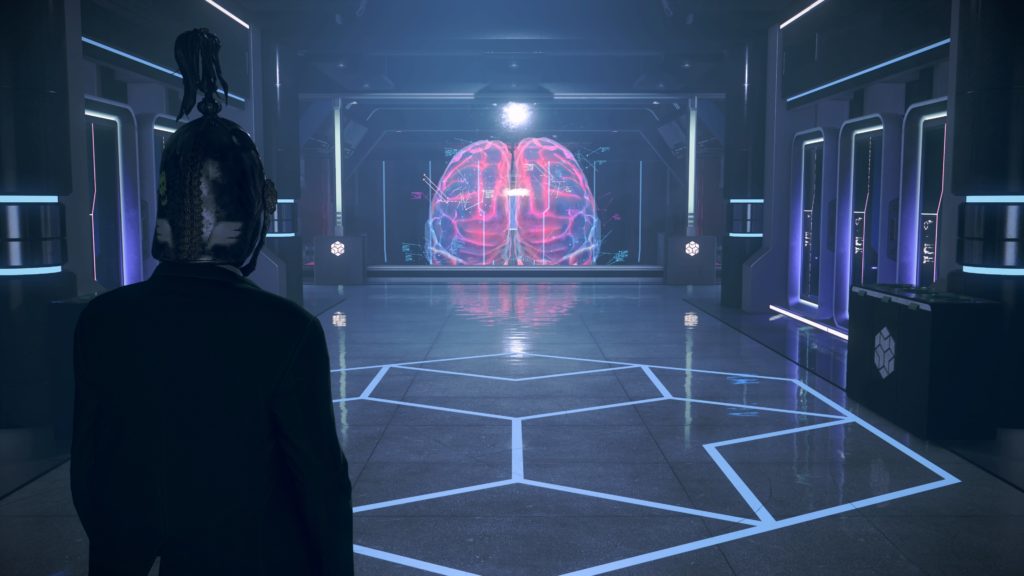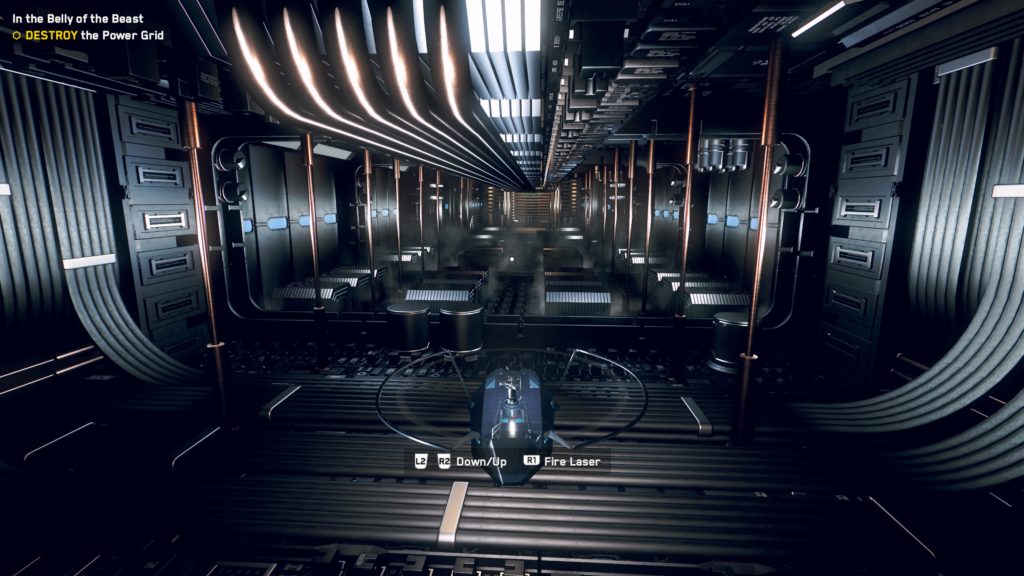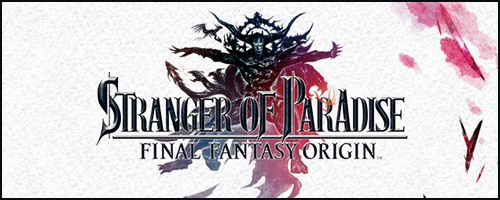- Genre: Action RPG
- Platfrom: PS5
- Also Available On: PS4, PC, Xbox One, Xbox Series X|S
This game sits firmly within the good but not great quality band. It does some things well; overall world building, base combat. It does some things poorly; longevity and balance curve, storytelling choices. Where it ends up fitting is that while I was having fun when I was playing the game, it ended up missing that thing that really grabbed me to keep playing the game, or even choose it over others. With Skyward Sword coming in yesterday and Diablo III on Switch back to filling a lot of smaller time gaps, it lost the battle.
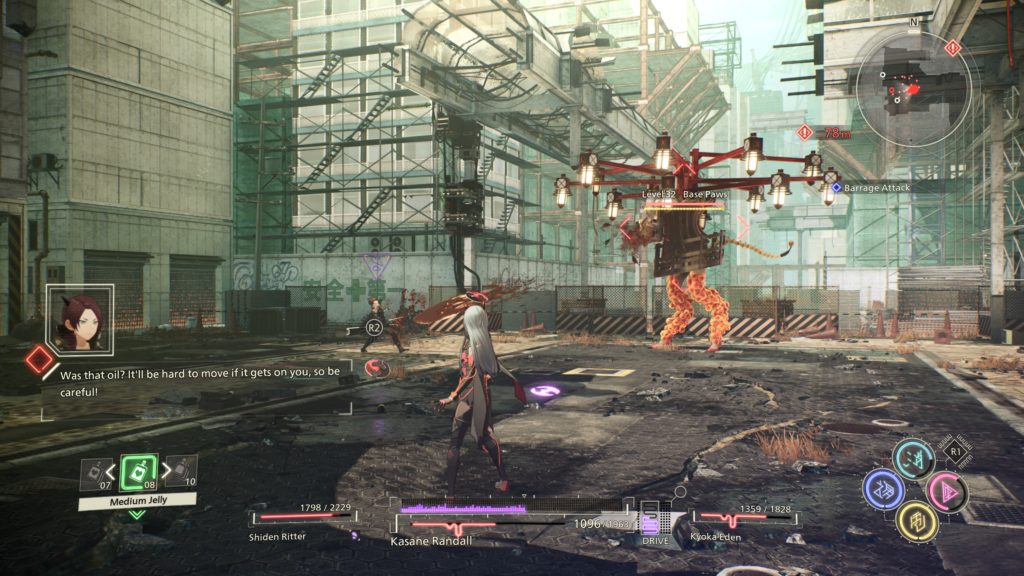
Combat is where the game really continued to draw me in, but it’s also where the game ultimately caused me to back away, so we’ll start there.
The game is an action RPG that combines pretty basic controls (a couple of attacks and dodge) with a more complex backing system of powers. The powers are where the real interest lies. This runs the range from gravity manipulation to time manipulation to electric attack buffs. The gravity manipulation is also the player’s core ability, and it’s tied to a meter charged via attacks. What this ends up doing is causing a satisfying rhythm to form in combat. Do a few attacks up close, dodge out to range, then lay in with the telekenesis attacks.
Where this really gets fun is that you’re effectively borrowing and combining powers from your party members to activate and use to your advantage. Enemy goes into hiding when you get close? Combine time manipulation to slow them down with electric to stun them. Need to knock a flying monster out of the air? Use the duplication power combined with the player’s own gravity manipulation to huck some projectiles their way. The combinations are a lot of fun to learn.
The bus honk is wonderful. pic.twitter.com/fCxO2eIdjg
— Dan Weiss (@schenksmill) July 5, 2021
However, that learning stopped far too early. By about the 10 hour mark, I was no longer seeing new enemies. Sure, their levels would be higher, and sure they may have some new wrinkles in terms of debuffs or actions, but the approach was the same. This was also met with an unfortunately common tactic of just adding more. More enemies, more debuffs, more ranged attacks being thrown your way. Rather than being rhythmic, the combat became chaotic. It was no longer challenging because of learning and using the right things, but challenging because the window to attack became so small. I’d run around dodging things until my powers came up (particularly the time manipulation and invisibility), get in a few attacks, then go back to dodging. It was slow and trudging, which is the opposite of the first 10 hours, which are fast and exciting.
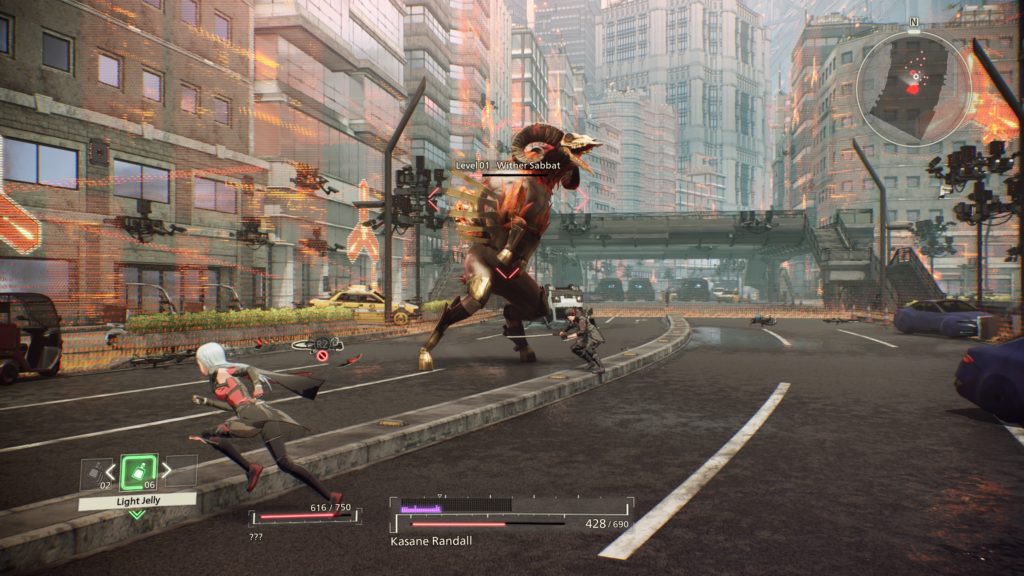
Typically speaking that wouldn’t have been enough to run me away from the game, but the story side of things was similarly unbalanced in terms of how I liked it.
The world building side of all of this was something I really liked. The tl;dr is that this is a future Earth where some apocalypse event caused by an atmospheric belt has caused demonic monsters to invade and attack humanity. Humanity has managed to get to a point where people are basically part of two classes – those with powers and those without, and those with powers are effectively conscripted into the military to defend the remains of humanity, while those without are shunned. At its core, this is a fun potential setting, and in a lot of ways the first arc of the game is really enjoyable. I was able to sink into the setting while enjoying the way that the events around was presented.
However, again around the 10 hour mark things started to sour. At this point, the split character choice at the beginning of the game reared its ugly side. This point of the game put me in a place where the two main character’s stories diverged heavily. What this ended up resulting in as far as the first play through goes is that I was seeing one side of the game, then when the two stories intersected there was a big knowledge gap and a lot of “how the hell did you guys get here?”. Since seeing the other side of the story involves starting from scratch, it left a lot of confusion. It’s not that I inherently like games that hop you between two characters a lot, but it solves this issue particularly well, and it becomes pretty obvious why hopping characters in a split story is a better option. Ultimately I think the anime that’s currently running will do a much better job of keeping my attention since it will avoid this issue.
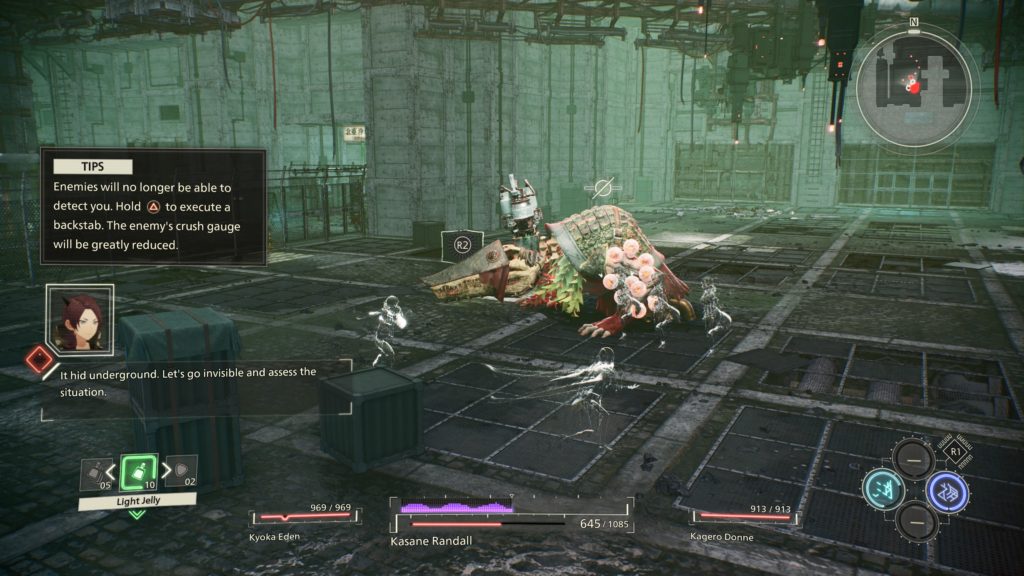
I guess the unfortunate thing is I’m left wanting to like this game more than I did. It has enough going positively for it that it doesn’t feel that far away from being a truly good game. The things that I find wrong with it aren’t egregious problems, but are polish issues that never happened. What it ended up being was a game that couldn’t keep my attention in long enough stints to allow me to finish it before something higher priority came out, and with so much coming out every month it’s hard for me to give it a boost above so many other things.
What I will say is that I would probably recommend catching the anime. It may not be the most original, but there’s an interesting core world here, and presented in a fashion that does a better job of making a coherent story path, I think there’s a lot to enjoy – just not quite in a game form.


